RESULTS BEYOND ARCHITECTURE
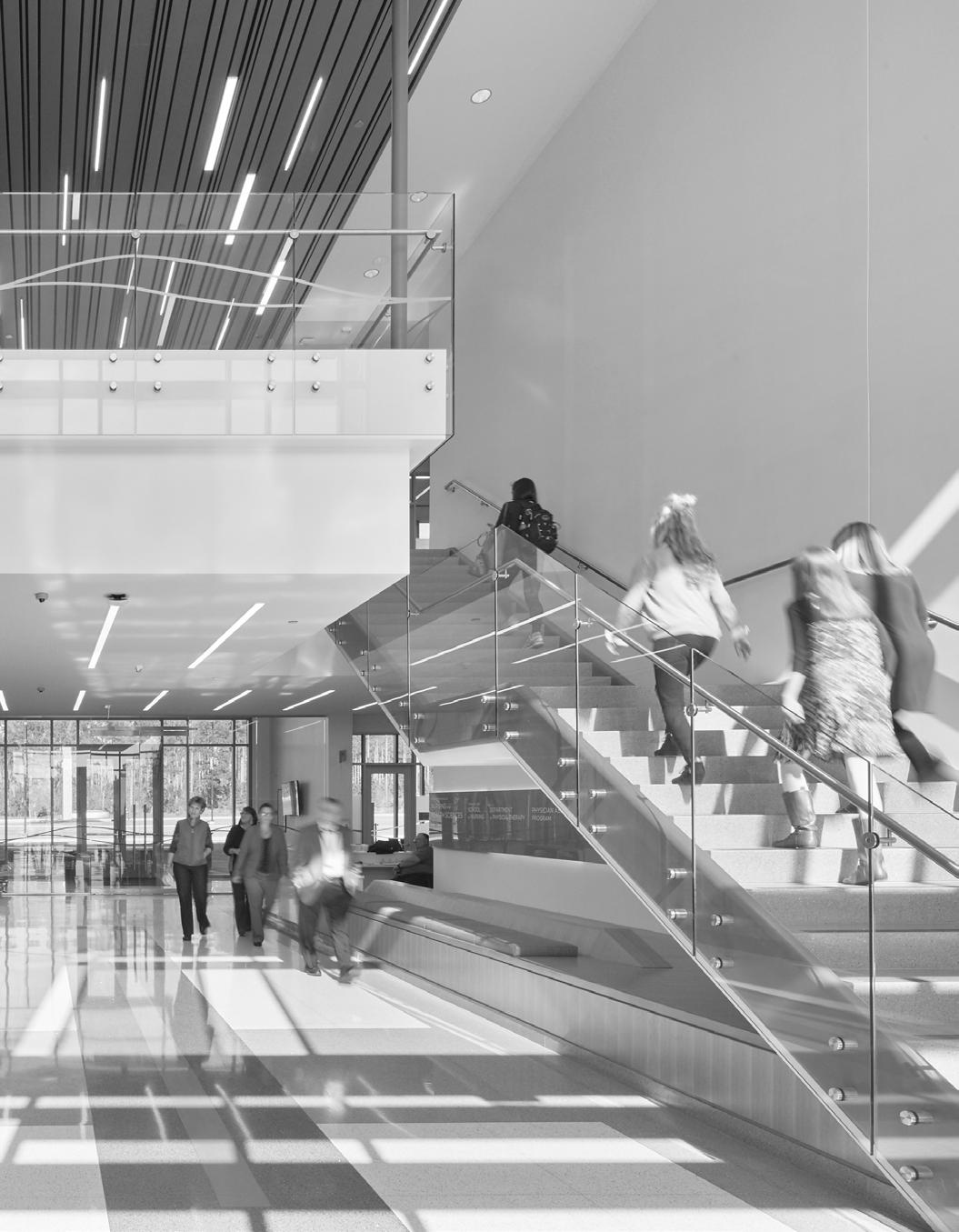

RESULTS BEYOND ARCHITECTURE

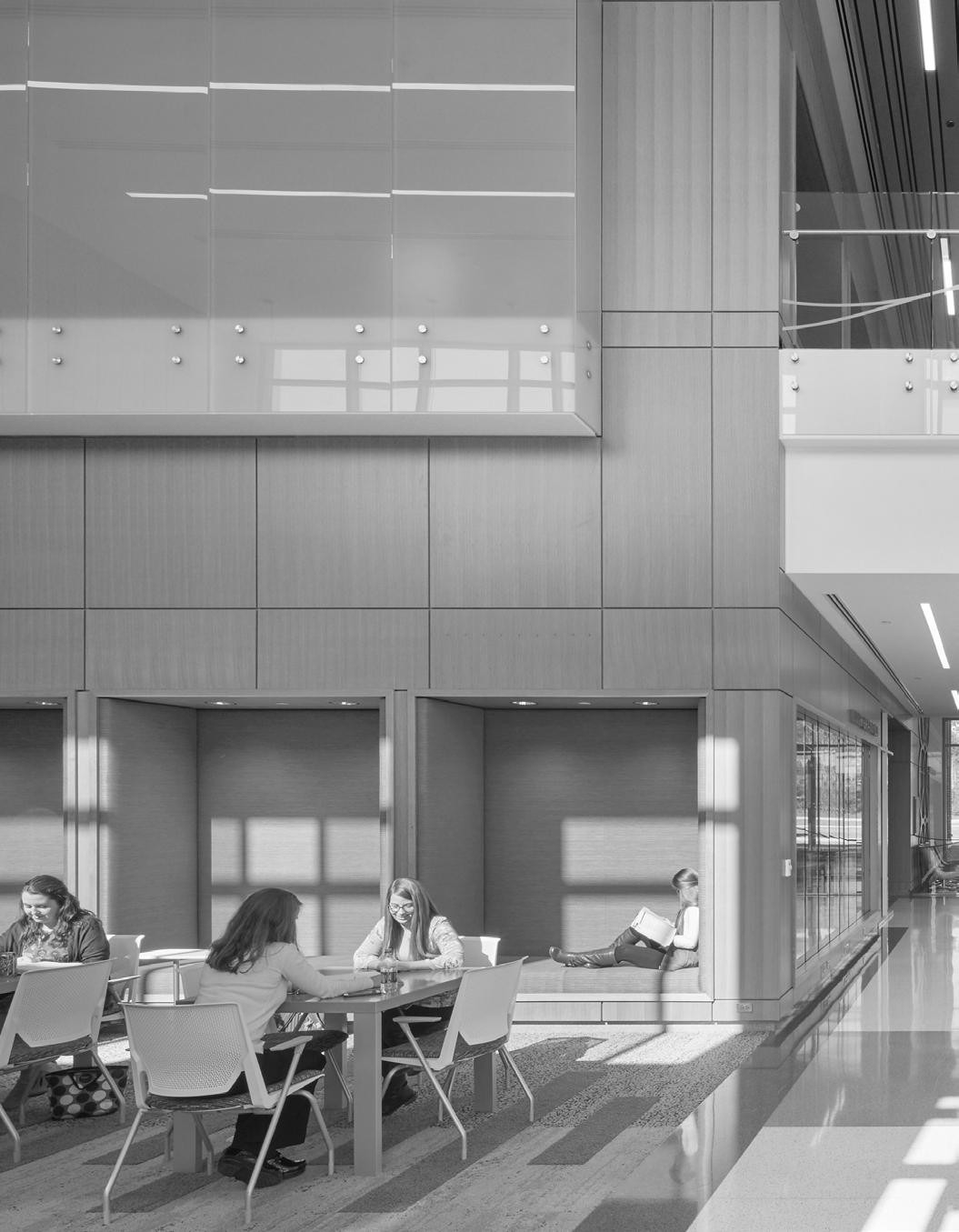

Having designed numerous Health Science Buildings for a variety of Colleges and Universities throughout the country, Little understands that each community and institution has very different programmatic requirements with diverse budgets. The following projects help illuminate various types of Health Science facilities and the programs, equipment needs and budgets of each to help you explore your future Health Science projects.
Little has a dedicated team of experts who can help you program your project as well as share stories of other successful projects, helping you create the right approach and solution for your campus.
Most health science programs rely heavily on simulation equipment, manikins, and skills trainers as the backbone of the curriculum. This world of simulation equipment can be daunting, but, as design professionals, we can help guide this process.
In a construction project, there are “hard” construction costs and “soft” costs. The hard costs include the land, the contractor fees, and the actual building materials and labor. The soft costs include almost everything else: permit fees, furniture, audio visual equipment, IT, etc. Also included as a soft cost is the Furniture, Fixtures, and Equipment (FF&E) associated with the simulation equipment and furniture needed for teaching labs. The quicker the owner, design team, and other partners can reach an accurate cost for this equipment, the better as often soft costs on health science facilities can be more than a typical building.
With this in mind, it’s critical that the FF&E cost be identified early to ensure the budget for both soft and hard costs will be accurate.
A successful building gets enough “hard” costs to be built well and beautifully designed, and the interior of the building gets enough of the “soft” costs to train, produce successful programs, and provide nice places for students to study and relax. Also, large changes in the furniture, fixtures, and equipment during construction can equate to challenges with time and budget if not planned correctly, so the goal is to plan early.
This diagram gives a rough idea of relative costs of certain simulation equipment.

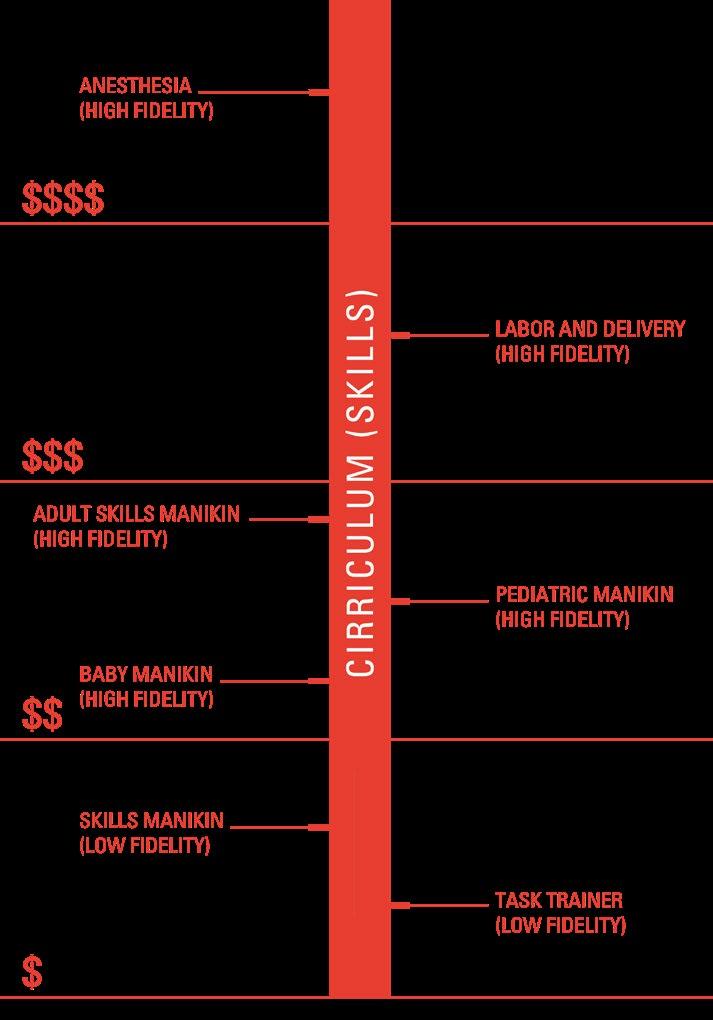

Allied Health Building 45,058 sf
Serving as a new, iconic centerpiece on the Randolph Community College Campus, the Allied Health Center is a LEED Gold Certified building designed to promote the idea of natural health and wellness for students. A simulated hospital and outpatient healthcare facility is located on the first floor, while the second level is dedicated to traditional classrooms and future expansion.
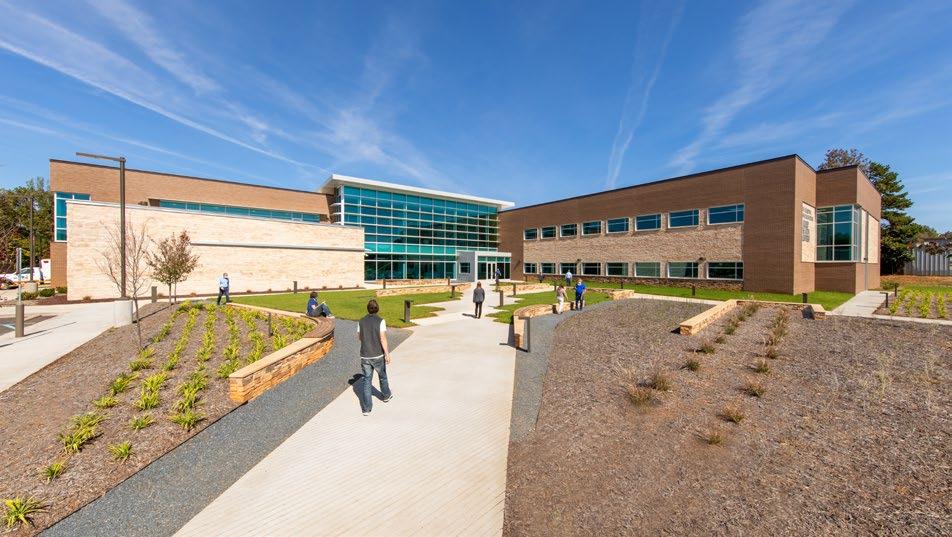


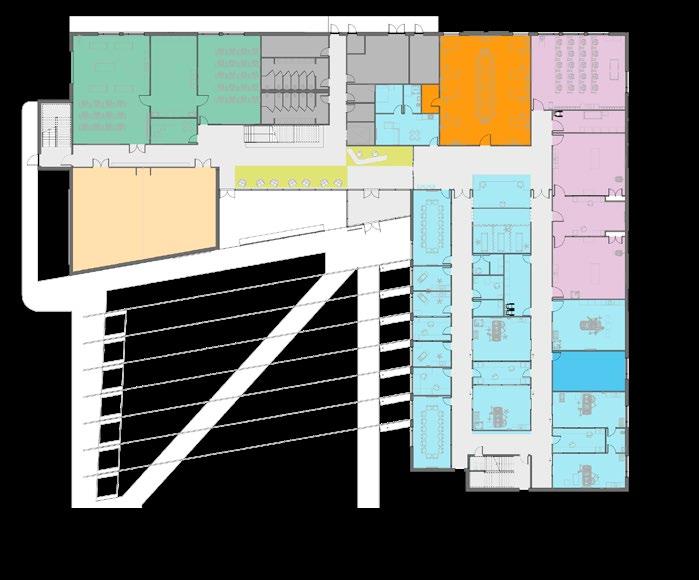
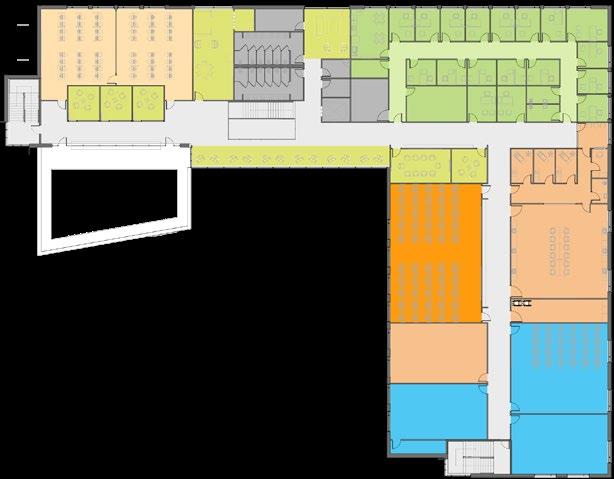



Health Science Center
45,289 sf
Pfeiffer University’s new Health Science Center will be home to the graduate programs of physician assistant studies and occupational therapy. The facility will provide an additional resource for affordable healthcare in the area while revitalizing downtown Albemarle by becoming home to hundreds of full-time college students and the associated faculty and staff.


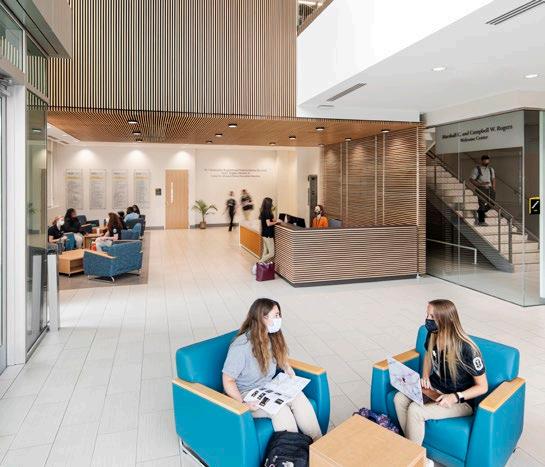
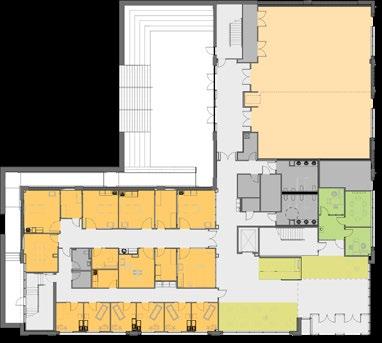

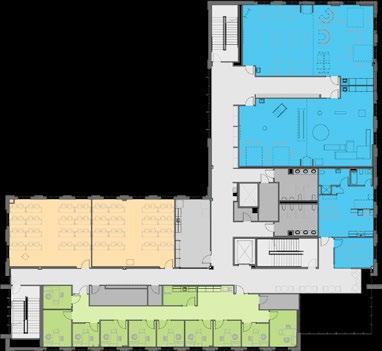
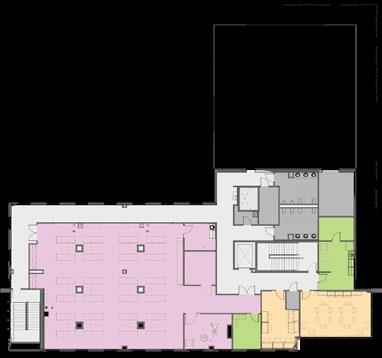

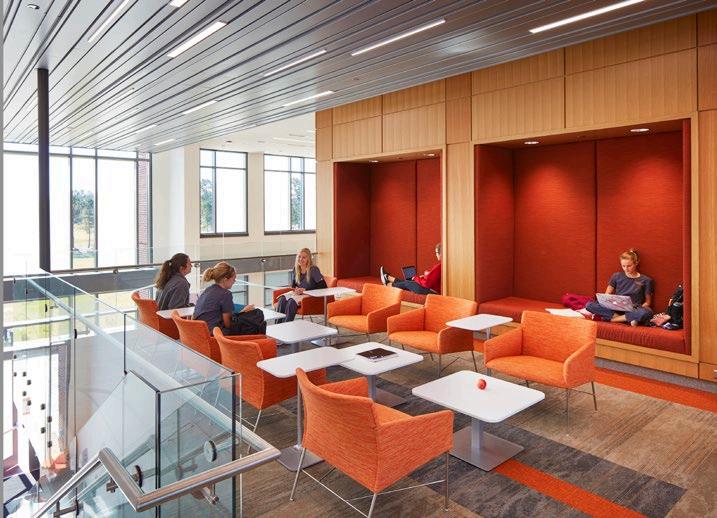
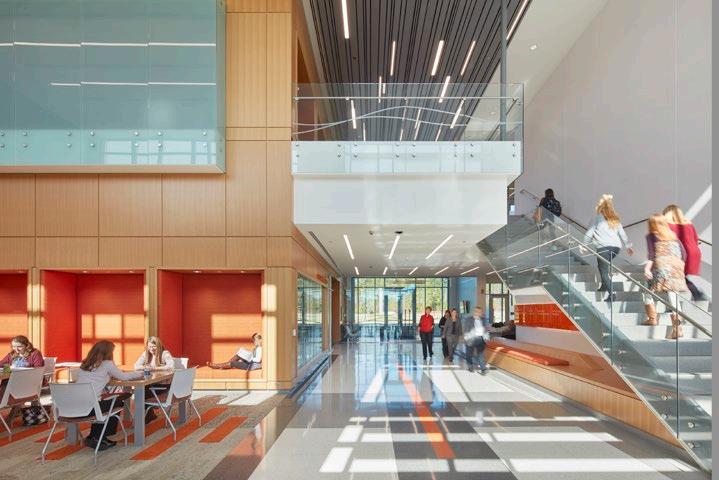


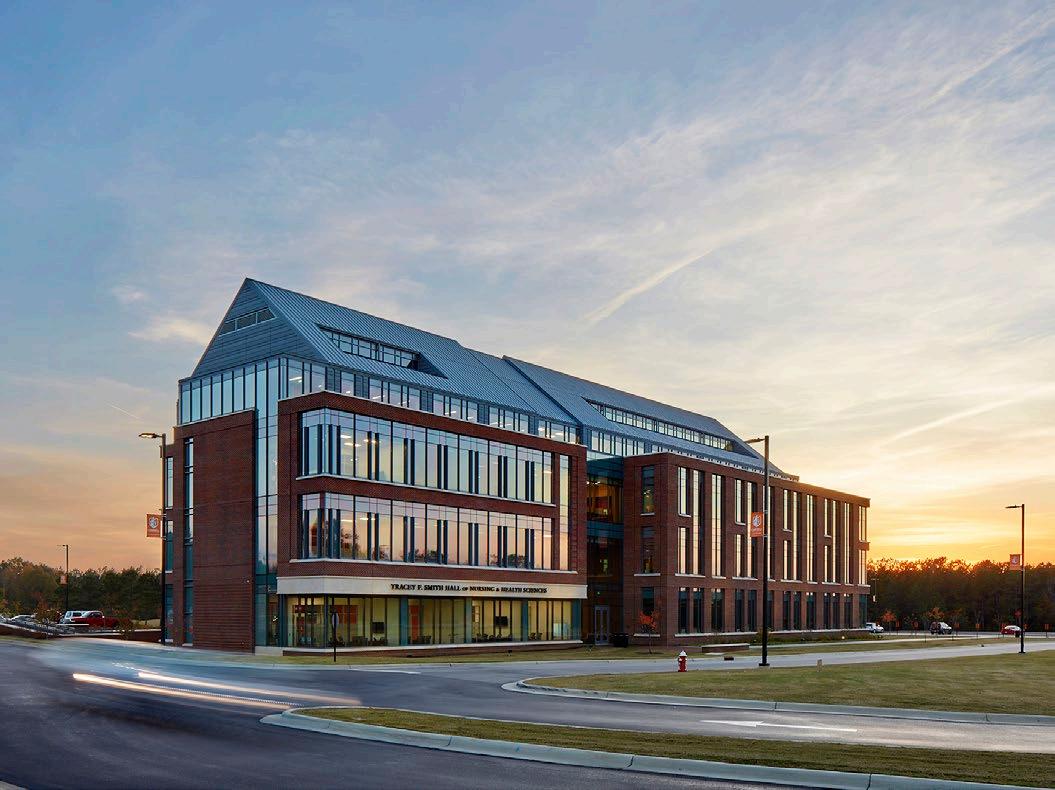

Tracey F. Smith Hall of Nursing and Health Sciences
72,302 sf
Located on Campbell’s Health Science Campus, the four-story Tracey F. Smith Hall of Nursing and Health Sciences houses the university’s nursing and physical therapy programs complete with classrooms, nursing labs, objective structured clinical examination (OSCE) suites and faculty offices.
LEVEL 1
LEVEL 2
LEVEL 3
LEVEL 4

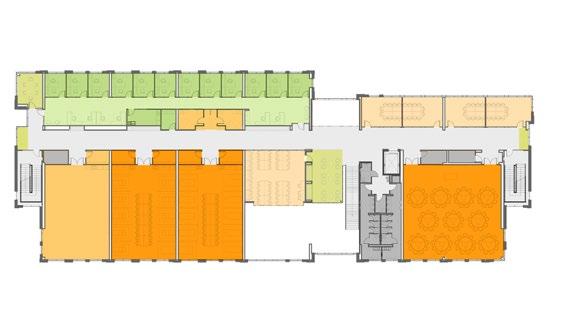
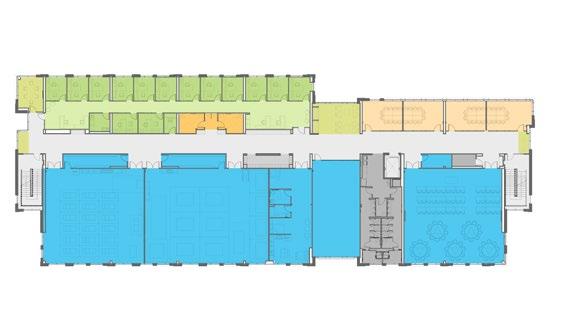
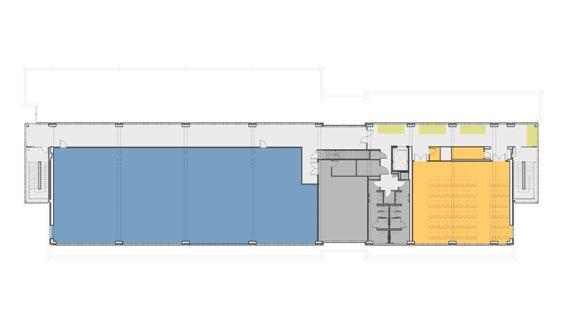



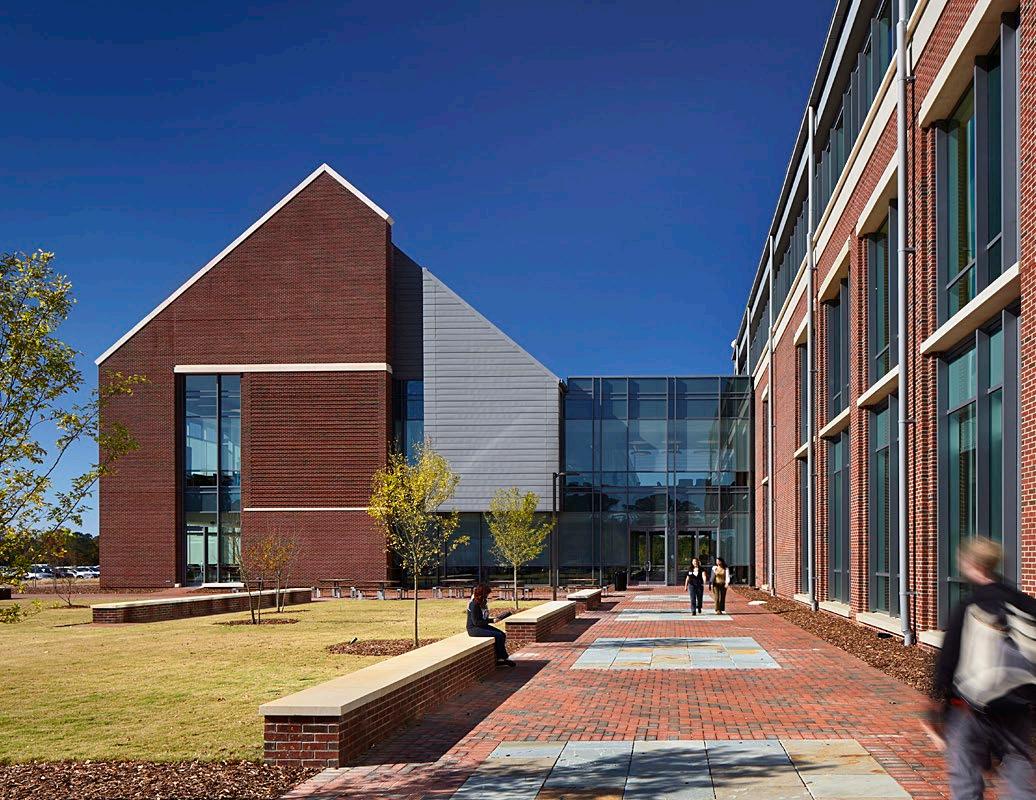

Jerry M. Wallace School of Osteopathic Medicine 96,500 sf
Completed in 2013, Campbell University’s School of Osteopathic Medicine was the first new medical school established in North Carolina in 35 years. The entire facility is a learning laboratory comprised of both formal and informal spaces stitched together by three design principles: learning is everywhere, transparency promotes informal learning opportunities and team-based problem solving is imperative to successful diagnosis and prepares students to collaborate with others in a real-world environment.



LEVEL 1
LEVEL 2
LEVEL 3
LEVEL 4
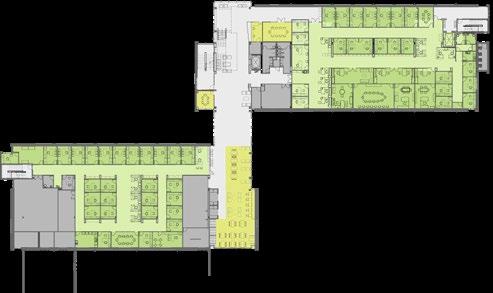
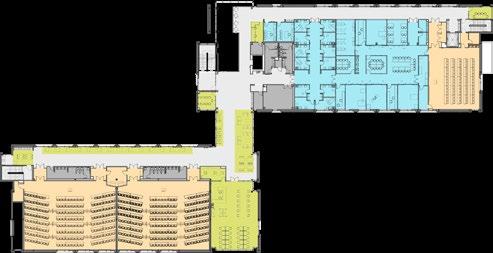
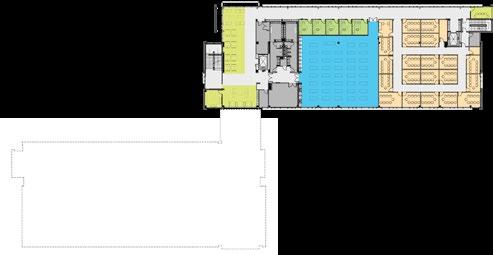



Health Science Center
40,265 sf
Situated on the northern edge of the DCCC campus, this Health Science Center consolidates all of the College’s current health programs into one state-of-the-art facility that provides classroom space and medical simulation areas. This project is pursuing LEED Silver Certification.

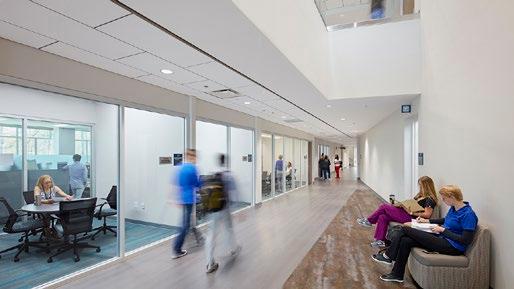
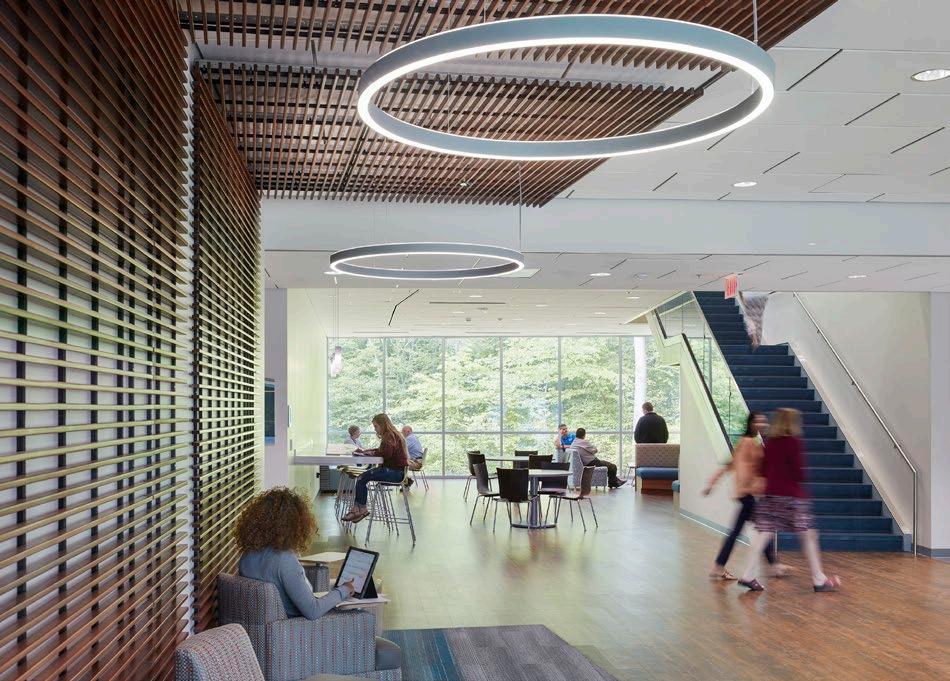
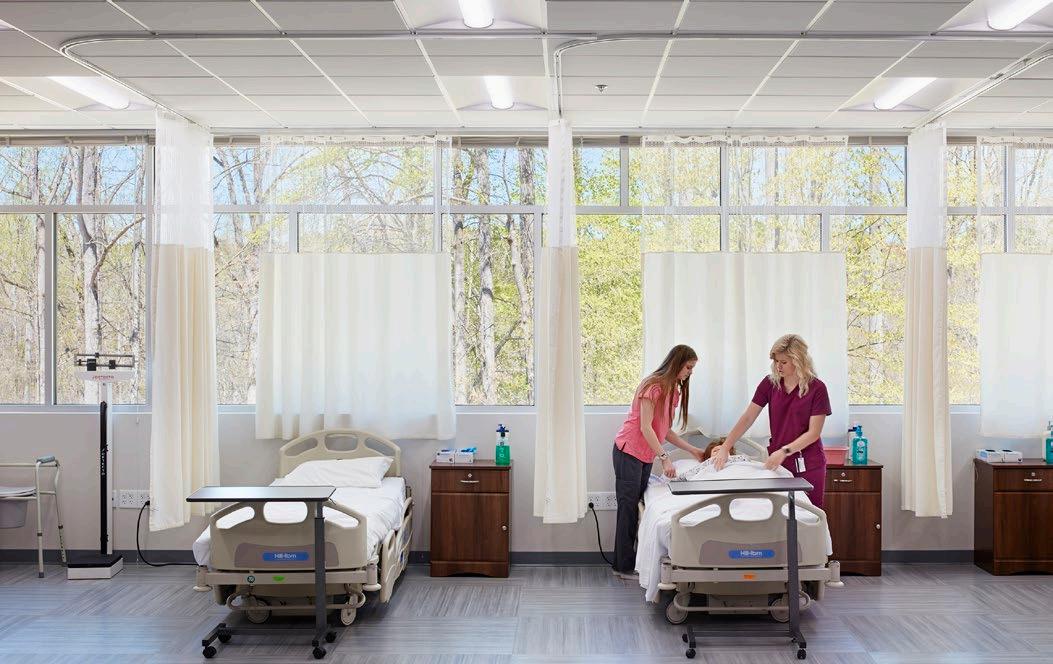

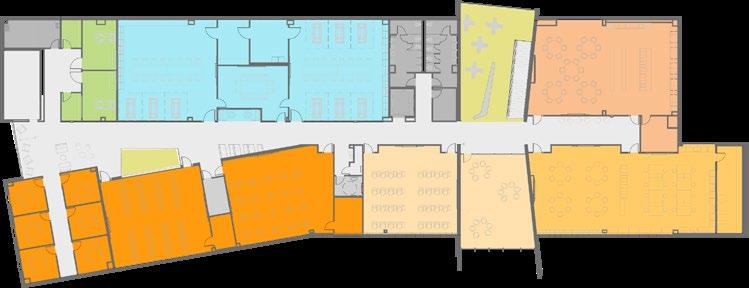
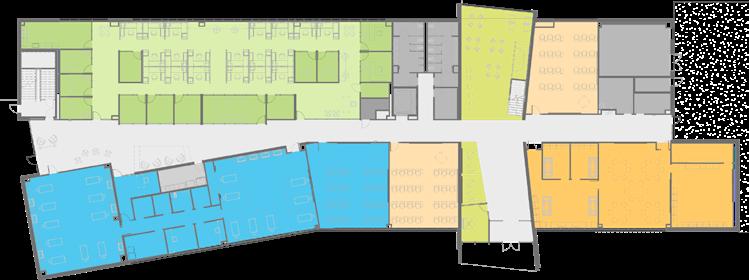





Health Science Building
45,662 sf
Set atop the campus’ hill, the Health Science Building looks out over the lower campus and connects to the upper parking garage, providing a transitional space for students entering campus. Boasting distinct Spanish architectural style, this facility provides specialized lab spaces, lecture halls, and faculty offices needed to support the college’s growing nursing program.
LEVEL 3
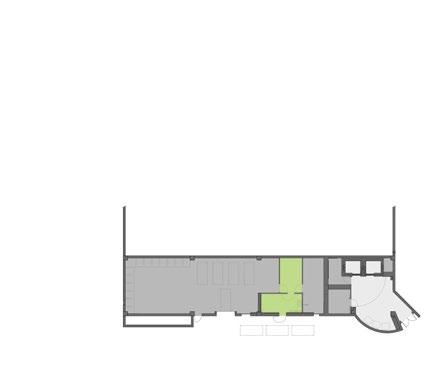


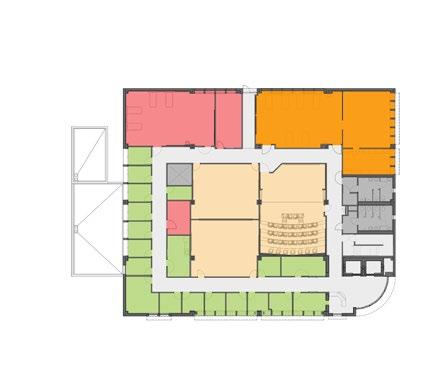




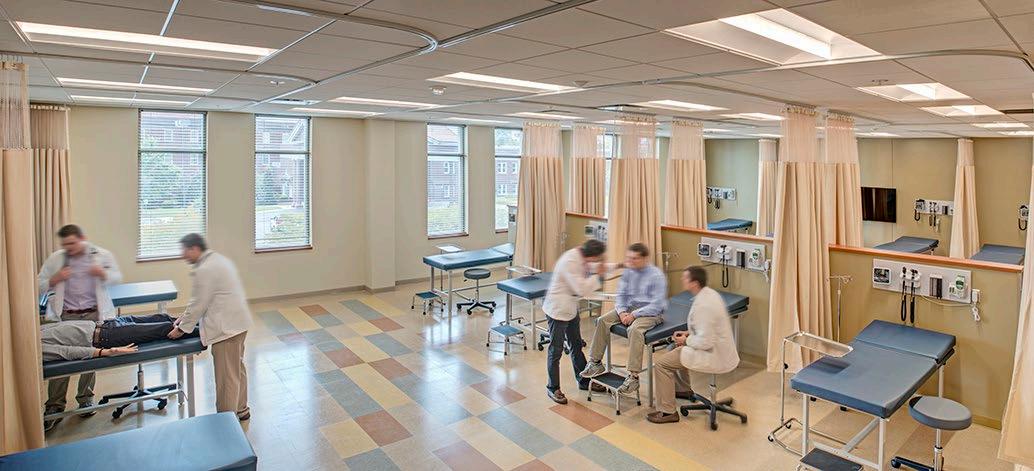

Luther F. Carter Ceter for Health Sciences 53,454 sf
LEVEL 1
LEVEL 2
LEVEL 3

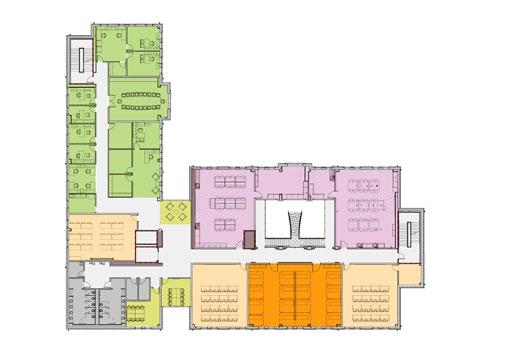
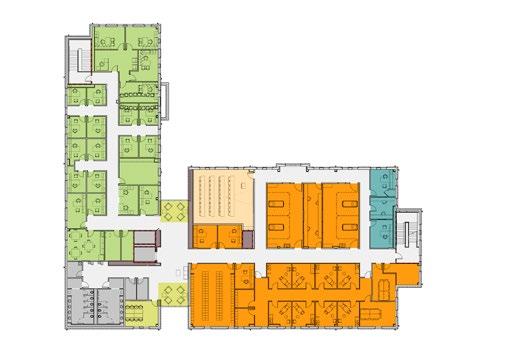
Luther

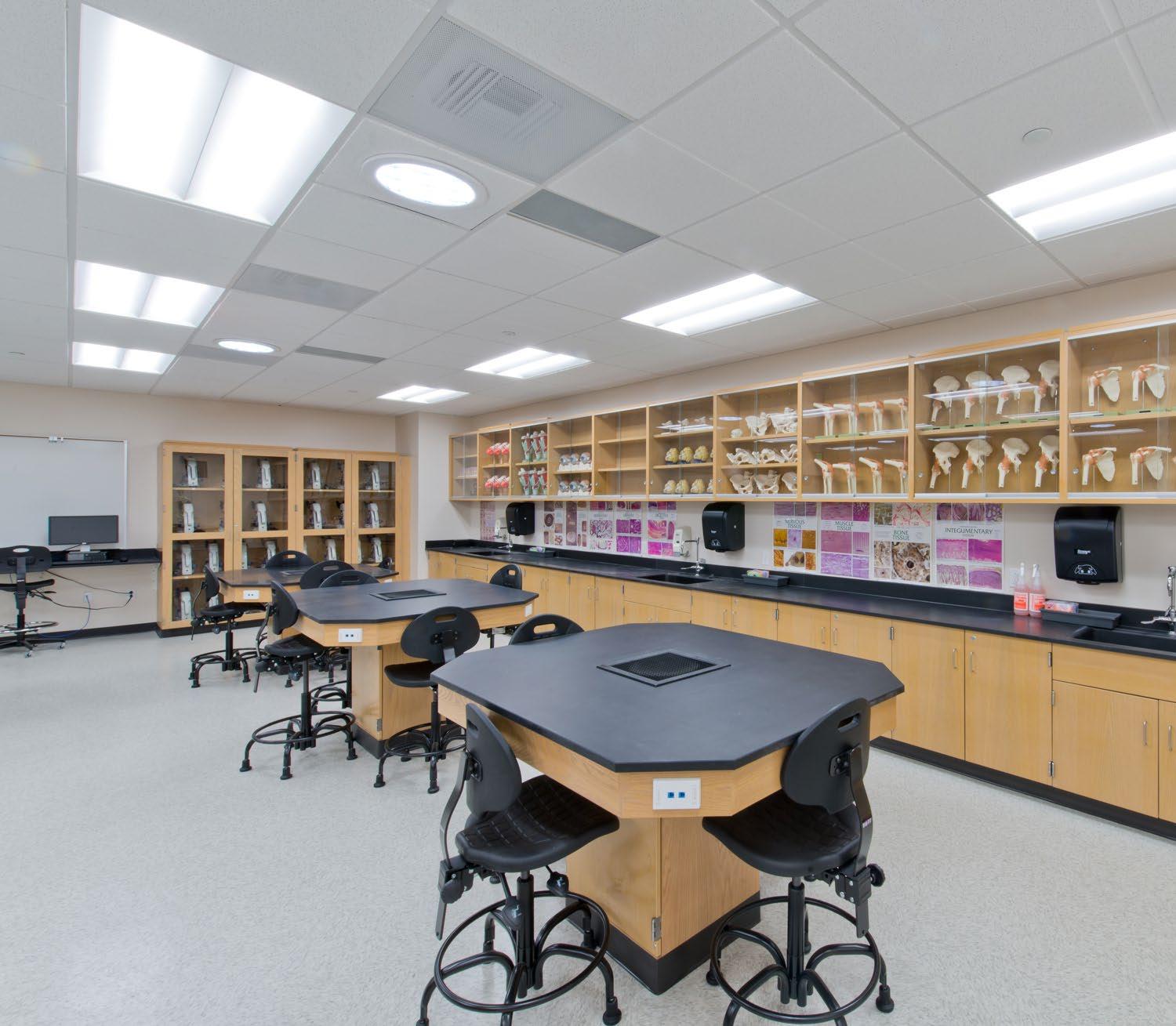
Health Science Building
27,106 sf
This new science and health building has been integrated into an existing complex of science buildings on the college’s main campus.

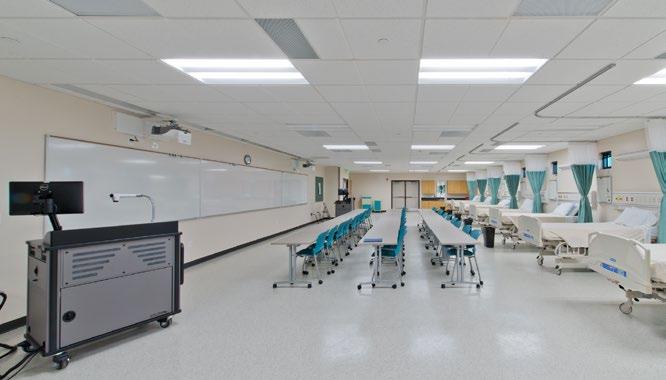
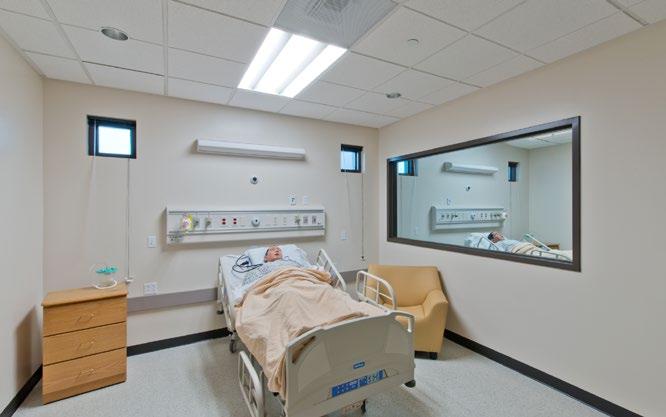
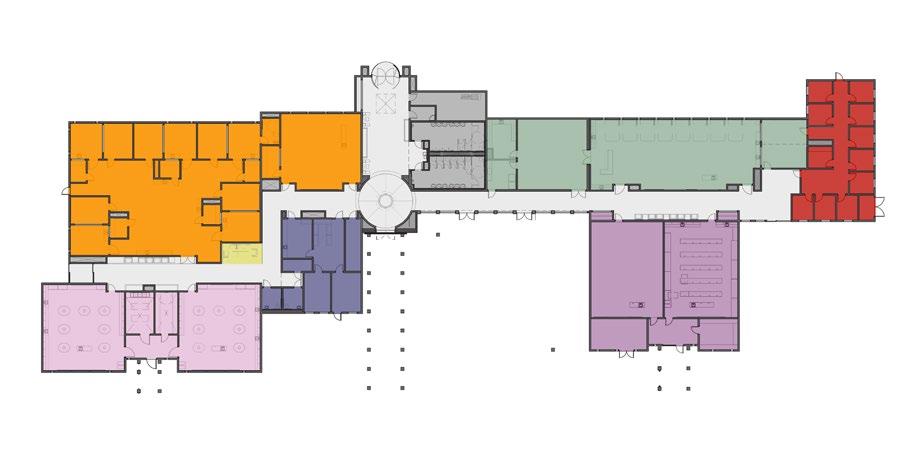
Health Science Building
27,106 sf
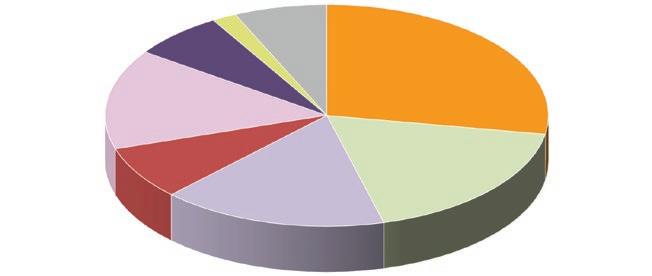
DEAN’S
BUILDING
BUILDING
BUILDING
Primary
BUILDING

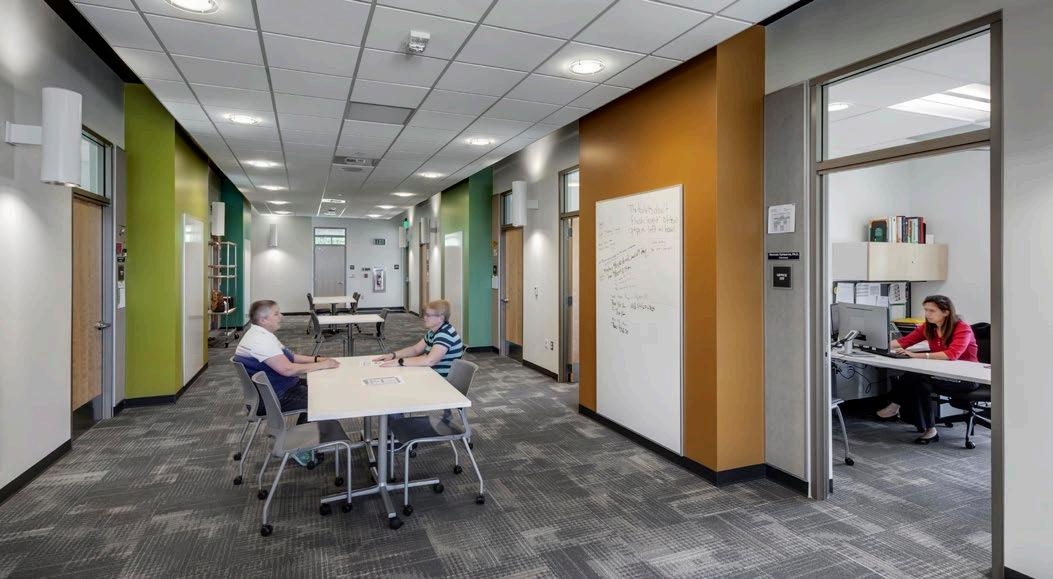
Canyon Hall
45,197 sf
Canyon Hall, a new science building at Crafton Hills College, is located on a very challenging site within the College’s Yucaipa, CA campus. A large steel and glass window wall offers breathtaking views and glass corridors provide transparency and natural light into the building and laboratory spaces. An outdoor amphitheater provides a place for students and faculty to teach and learn outside.
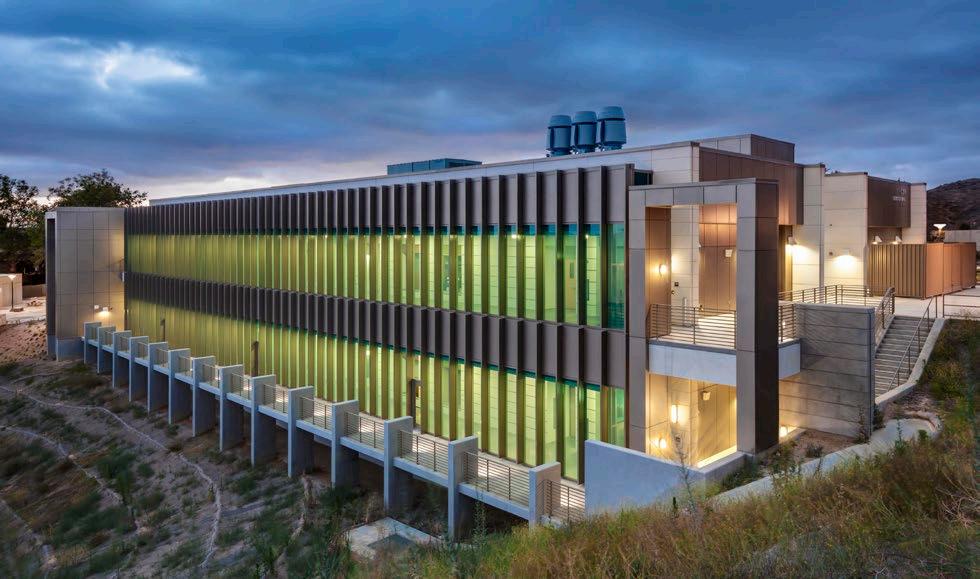


Canyon





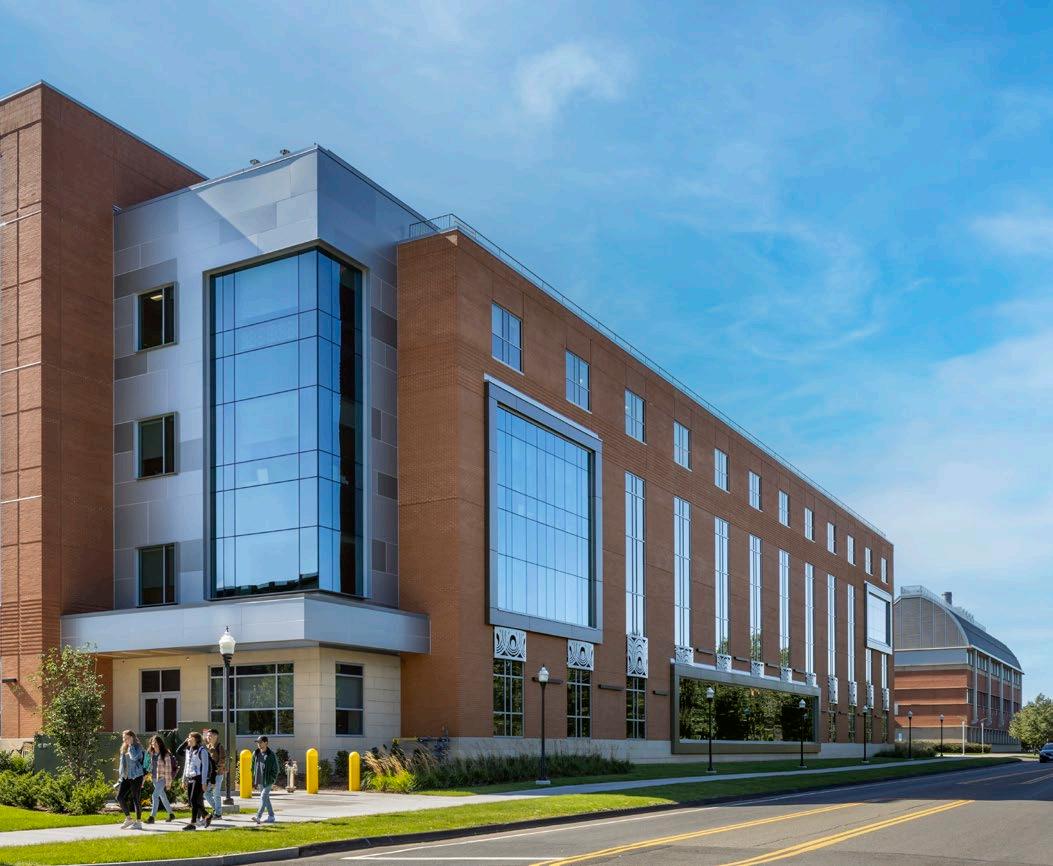
Health and Human Services Building
93,810 sf
In partnership with Svigals, Little is working with Southern Connecticut State University on phase one of its new Health and Human Services building. Incorporating program space for six different departments, this project will help create a new face and identity for the University while creating a more unified campus that will embrace existing campus patterns and help shape new ones for learning and student life.
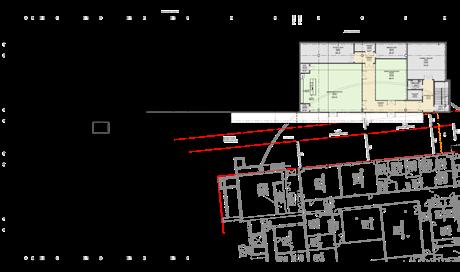
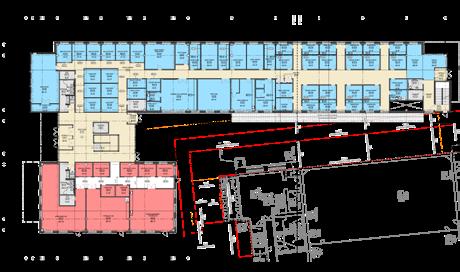
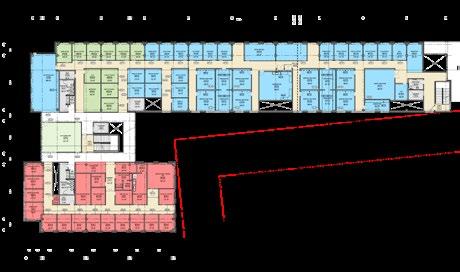
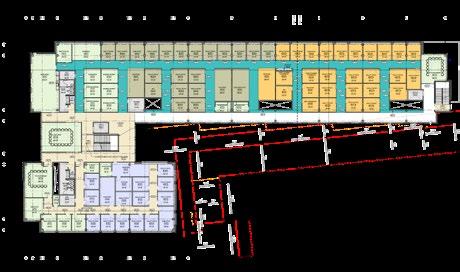
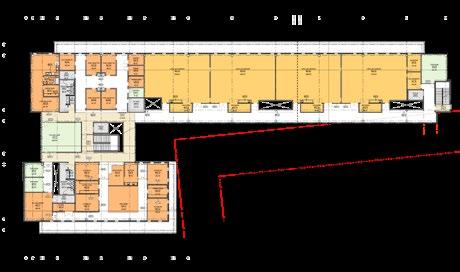

LITTLE IS DEDICATED TO ENHANCING CLIENT PERFORMANCE BY ORCHESTRATING THE RIGHT MIX OF EXPERTISE, CREATIVITY AND INNOVATION TO DESIGN NEW DIMENSIONS OF SUCCESS.
OFFICE LOCATIONS
COMPANY INFORMATION
PRACTICES
440+
CHARLOTTE, NC DURHAM, NC
NEWPORT BEACH, CA ORLANDO, FL
WASHINGTON, DC
CHARLESTON, SC
115+* 114
EMPLOYEES LEED & WELL PROJECTS
*CERTIFIED OR PURSUING CERTIFICATION
LEED & WELL ACCREDITED PROFESSIONALS
SERVICES
COMMUNITY
HIGHER EDUCATION, CIVIC, JUSTICE, SCHOOLS
HEALTHCARE
ACUTE CARE, SPECIALTY CENTERS, MEDICAL OFFICE BUILDINGS & CLINICS
RETAIL
BRAND EXPERIENCE, SERVICE RETAIL, SUPERMARKETS, MARKETPLACE, CORPORATE
ROLLOUT
WORKPLACE
OFFICE, INTERIORS, MIXED-USE, CRITICAL FACILITIES
ENGINEERING
MECHANICAL, ELECTRICAL, STRUCTURAL, LOW VOLTAGE, PLUMBING, CIVIL, CENTER FOR BUILDING PERFORMANCE
ARCHITECTURE, INTERIOR ARCHITECTURE, ENGINEERING, PLANNING, SUSTAINABILITY, SITE DESIGN, BRAND CONSULTING, DIGITAL VISUALIZATION, SMART BUILDING TECHNOLOGIES

